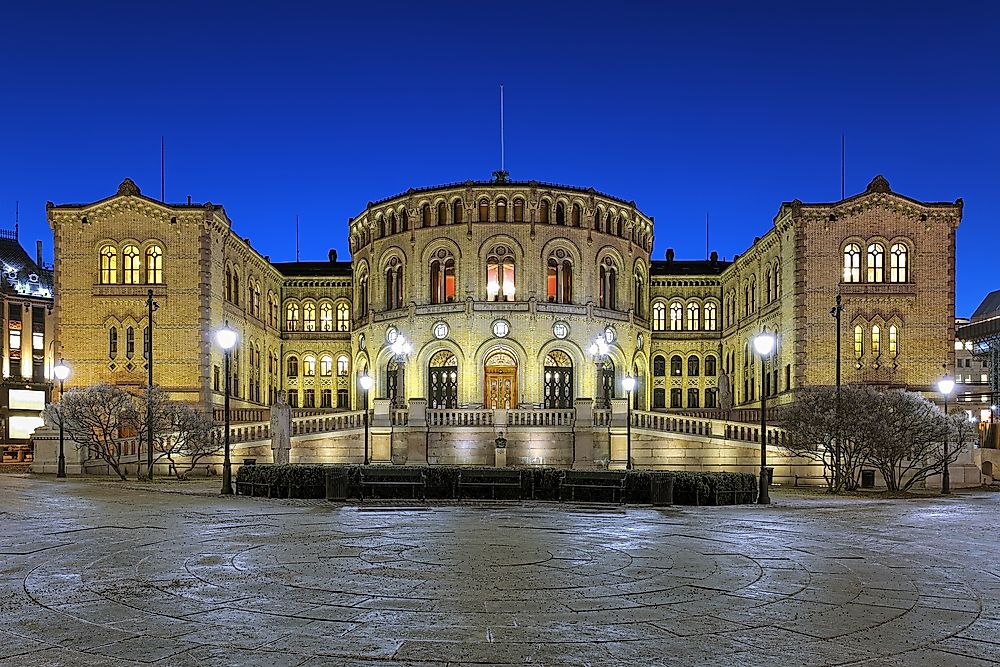When Did Norway Become A Country?

Norway was founded in 872 AD. The history of Norway was significantly influenced by its climate and land relief. These two factors determined the migration patterns as well as the economic activities of the early inhabitants of Norway.
Viking Age
The Viking age is the period that saw the unification of Norway. The period lasted from 850 to 1050 AD. At the beginning of the Viking period, Norway was a divided country comprising of many small kingdoms. The Vikings period was marked with trade, raids and colonization with the Vikings trained well and equipped in chain mail armor. Major struggle for power began in the mid-9th century among the chieftains of the Norwegian petty kingdoms. Harald Fairhair alliance with the Earls of Lade in his first attempt to unify Norway which he achieved the unification after the Battle of Hafrsfjord. He then established a state administration with steward in the former significant chieftain estates.
The Old Norse religious practices in Norway were replaced by Christianity in the 11th century.
Denmark-Norway
In the 14the century, Denmark took control over Norway following the Black Death and other plagues that wiped the people of Norway, reducing the taxes and making the king's position weaker. In 1380, both the Norwegian and Danish thrones were inherited by Olaf Haakonsson thus uniting the two countries. In 1397, Norway was absorbed in a formal union, the Kalmar Union, under Margaret I. in 1523, Sweden pulled out the Kamal Union leaving Denmark and Norway. The union was governed from Denmark until 1814 when it was dissolved. On May 17, 1814, Norway devised its own constitution.
In the early 1800s, Denmark-Norway supported France during its war with England. Sweden, on the other hand, supported England. England won the war, forcing the Danish king to hand over Norway to Sweden. Norway was forced into a union with Sweden which became a fact in November 1814. This union, however, was less repressive than the union that Denmark-Norway union. Norwegians were allowed to have an internal self-government as well as maintain their own constitution.
Independence
The mid-19th century was marked by a rise in the movement of National Romanticism. This movement focused on the natural beauty of the country through music, visual arts and literature. Through this movement, many Norwegians developed a desire for independence and a sense of national identity. As a result, a new language, nynorsk or New Norwegian was created for the identification of Norwegians. Norway’s union with Sweden was dissolved in 1905 following unending political disagreement between the king of Sweden and the Norwegian parliament (Storting). Storting declared that Norway was no longer under the King in Sweden on July 7, 1905. Sweden reacted fiercely almost culminating in war between it and Norway. Consequently, two referendums were held and it was declared that the union had been dissolved and the new nation Norway will be a monarchy. The new chosen king of Norway was the Danish Prince Carl. He presumed the royal name Haakon of Norway. He ruled as the 7th king of Norway from 1905 until his death in 1957.











